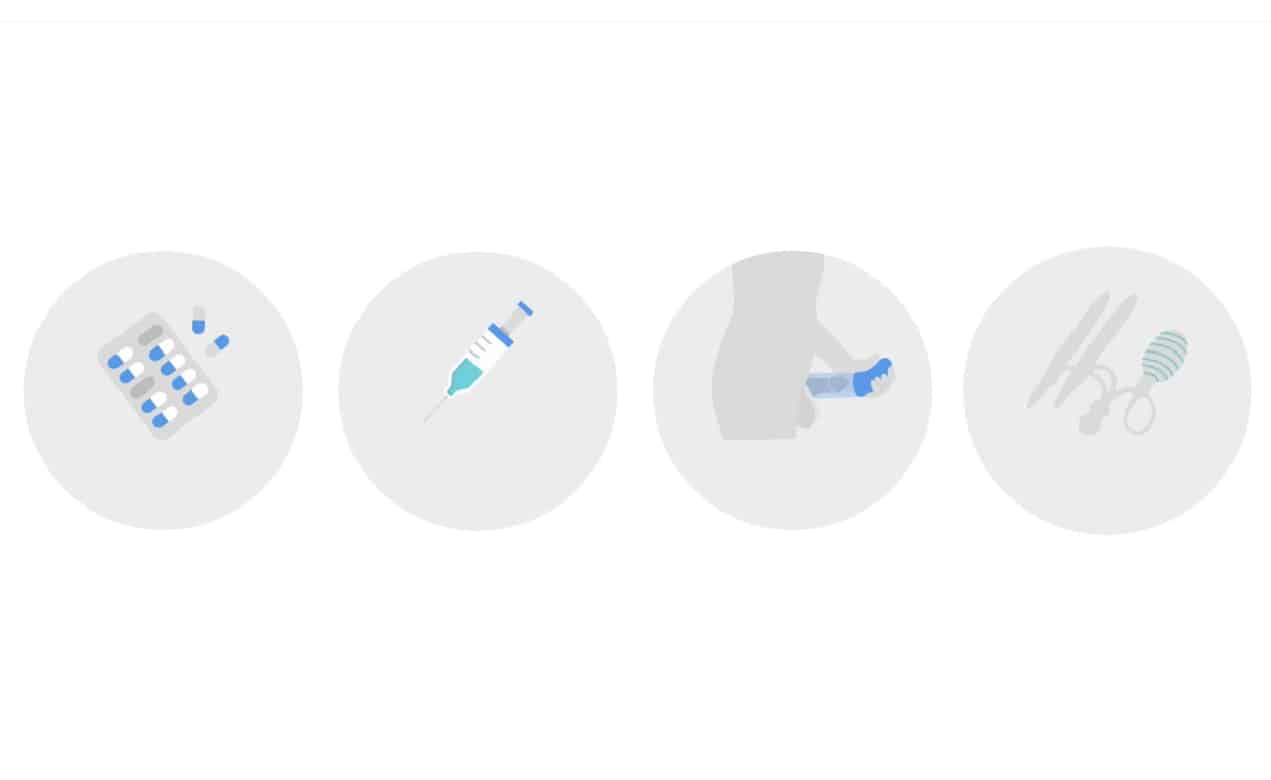Why do we have erections?
The penis is a complex organ, controlled by the nervous system, chemical hormones and blood flow, which are responsible for the natural mechanism of the erection. In this article, you can discover its actions and the different types of male erections.

What make erections happens?
The penis is a complex erectile organ, which is responsible for a natural mechanism called: the erection. Consisting of two cavernous bodies, a spongy body and the urethra, its action is essential. It allows urine or semen to be released from the body.
However, the penis does not act alone. According to research by the urologist Irwin Goldstein1(Scientific American, august 2000,283,2:p 70-75), the organ is under the constant control of the central nervous system; namely the brain and the spinal cord.
So, how does the nervous system control the penis and therefore, man’s erection?
Our nervous system comprises two members with complementary actions. The first is the sympathetic nervous system, and its function is to inhibit erections. Whereas the second, the parasympathetic nervous system has the opposite role of triggering arousal. The equilibrium of these two branches begins as soon as the first arousal stimuli are transmitted to the brain, triggered by:
- Physical stimulation by touching, caressing and arousing other erogenous zones
- Sensory stimulation triggered by listening to a voice, the scent of a perfume, the touch of an appealing body
- A psychological stimulation, in other words a sensation of desire felt for a person
Once arousal is felt, various chemical (hormonal) reactions occur and the cavernous bodies of the penis can take action. The penis then fills with blood, the penile arteries open: the volume of the penis is then increased. This process is called tumescence.
As a result, blood pressure within the penis will increase and compress the drainage veins: the blood is trapped, increasing the rigidity and size of the penis. If stimulation persists, rigidity occurs, enabling penetration and ejaculation. As a rule, an erection can last about thirty minutes. Obviously, the duration varies from one person to another.
Once ejaculation is complete, various chemical (hormonal) reactions, along with the nervous system return, bringing about the closure of the arteries and the pressure decreases to empty the erectile bodies. Gradually the penis will become flaccid. This is referred to as detumescence of the penis. A certain time, specific to each person, is then necessary to stimulate the nerves anew: the so-called refractory period begins!
Is there different erection types?
A man can experience two types of erections2(clinical manual of sexual medicine sexual dysfunctions in men – T.Lue, F. Giuliano, S.Khoury,R.Rosen;p9):
- Psychogenic erection is activated by erotic stimuli (visual, imaginative,
tactile…) which trigger in the brain neutrotransmitters liberation (dopamine,
oxytocin) - Reflexogenic erection, which is induced by direct stimulation of the genital
organs, is automatically improved through psychogenic stimuli.
E.D problems begin when your brain doesn’t send enough or any signals, when the blood flow is inadequate, or when erectile tissue is damaged.
They is a lot to learn on ED and many options to consider, so let’s get started.




